The salad can probably be considered the savior of healthy foods. It’s typically the chosen meal for those that are just beginning weight loss. This is probably because it feels like the safe, healthy, and easy choice. Salads don’t take a long time to make and if made correctly, they can be very healthy and work well with your current weight loss plan. However, as with everything good, there is also something bad. We must accept the reality that the word salad doesn’t necessarily mean “healthy”. Restaurants are infamous for throwing the same ingredients you would eat on a burrito, taco, or hamburger on top of a bed of lettuce and calling it a salad. If you are serious about losing weight, it is important that you know the difference between a healthy (good) and unhealthy (bad) salad.
What Makes A Salad Good Anyway?
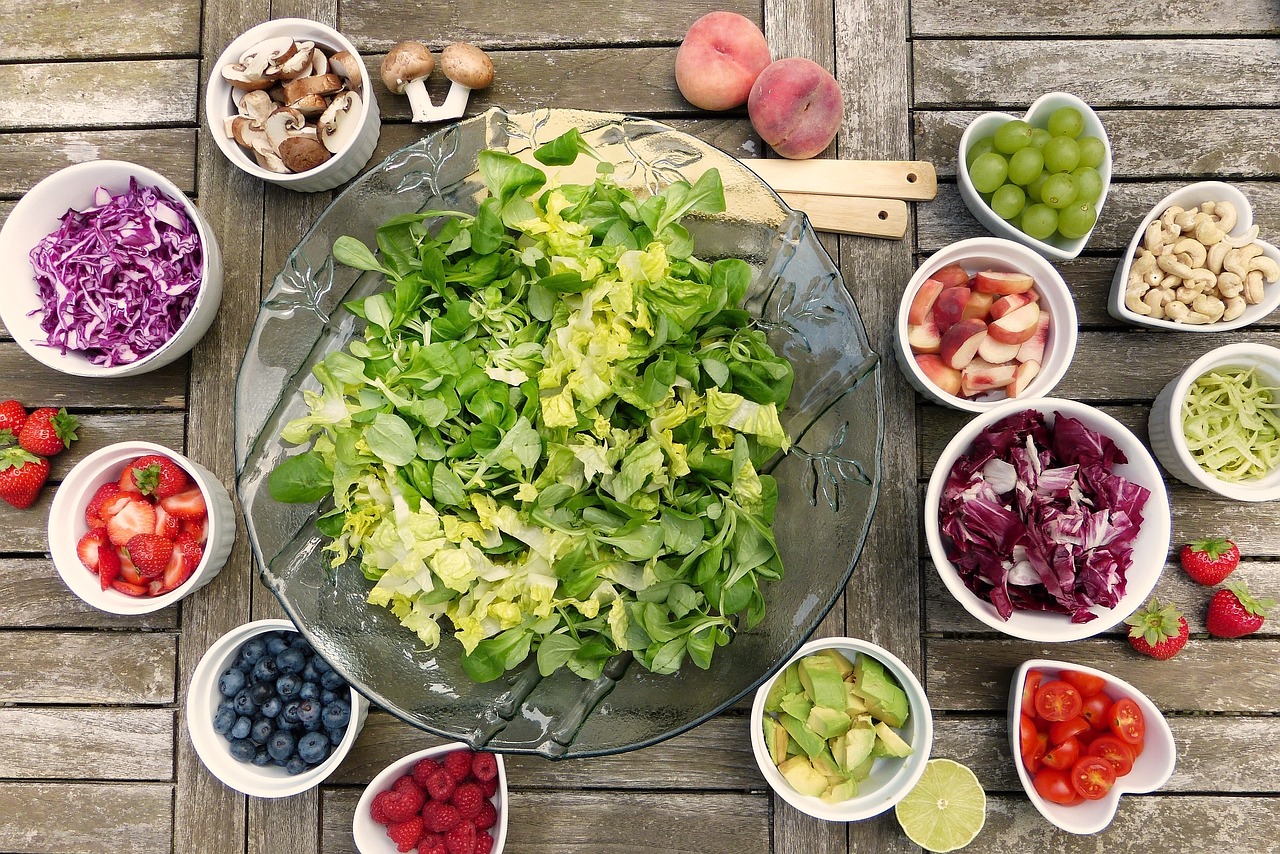
The key to having a satisfying and healthy salad is adding the right ingredients. If an ingredient has already been deemed unhealthy, it will still be unhealthy once you add it to your salad. Therefore, you want your salad to consist of ingredients that will accommodate your daily nutritional needs, fill you up, and of course still taste good. These ingredients include:
- Leafy greens (The darker the better)
- Fresh veggies, (raw not sautéed or fried)
- Fruits (Light use)
- Protein (Lean protein sources that aren’t fried)
- Nuts (Light use)
Seems pretty simple right? It is, until you over do the toppings. All of the toppings above are good for you and should be eaten daily; however, how you cook them and how much of them you consume is important as well.
Good Salad Have Balanced Portions
A good rule of thumb is to measure out the ingredients you’re including in your salad with a measuring cup or food scale. If you’re adding many ingredients to your salad, choose to cut each portion in half. This way you still get some of what you want without having an extremely high caloric intake.
Portion size is especially important with foods such as nuts. Take almonds for example. ¼ a cup of almonds (about 23 almonds) contains 162 calories, 14 grams of fat (the healthy unsaturated kind) and 6 grams of protein. If you add this full serving to your salad, you are adding all its nutritional content as well. Which means if you added ½ a cup of almonds instead of a ¼ of a cup, you would be consuming 324 calories, 28g of fat, and 12 g of protein. Sure, the healthy fat and protein are good for you, but remember you’re also adding other ingredients to your salad. You want to focus on adding other low fat protein sources to your salad so that you will consume more protein than fat. Some low-fat, high protein options are: egg whites, shrimp, cod, tuna, hake, mahi-mahi or chicken breast.
Fruits are also another popular salad topping that could quickly take your salad from good to bad. Fruits are primarily sugar and carbohydrates with the exception of avocado which is primarily a fat source. Anyone that has been working towards weight loss, knows that you want to consume more protein than carbs. This is another reason to limit the amount of fruit you add to a salad. Try no more than ¼ of a cup of fruit as a salad topping. Some carb friendly fruit options include: raspberries, pears, oranges, apples, craisins …etc. Make sure you don’t go overboard with the fruit addition to your salad.
Adding Protein to Your Salad

Adding meat or a meat substitute to any salad is a wonderful way to add flavor and protein, but you want to be careful not to add tons of fat and calories as well. If your meat/meat substitute choice contains moderate fat, it is best to eat 3-4 oz (1 serving size). If the meat source is very low fat, and either grilled, pan seared or baked, you can have 4-6 oz. You must avoid adding fried protein sources to your salad because it will add fat, cholesterol, and salt, which are all things that leave you feeling lethargic after a meal. This is not the goal of a good salad. You should feel full and energized after eating foods that are fueling your body. Adding red meat to your salad is something you can do if the fat content within the meat is low and fits your macros.
Salad Dressings
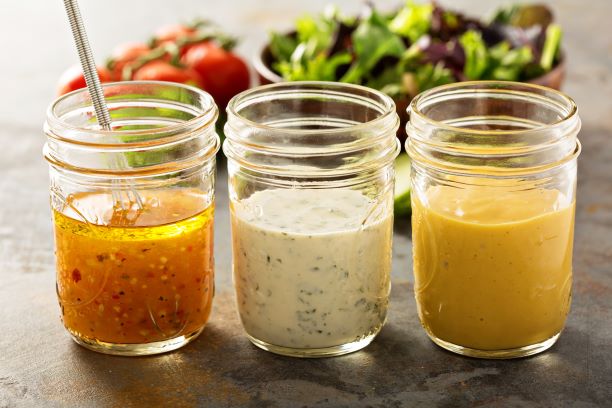
Salad dressings can add massive calories and fat to your salad if you don’t pay attention to what the dressing is made off. Thick creamy salad dressings such as Ranch, Thousand Island, Caesar and Honey Mustard usually equal thick amounts of fat. Shoot for balsamic dressings, oil and vinegar, or a light Italian or Vinaigrette dressing. These dressings typically have a lower fat and calorie content which will not destroy the nutritional value of your good salad.
The Salad Dressing Myth
It is a myth that your salad has to be smothered in salad dressing in order for you to get that extra boost of flavor. A typical serving size of salad dressing is two tablespoons. Try pouring one tablespoon of salad dressing on top of your salad and then mixing it in. Add the second tablespoon after you’ve eaten some of the salad. This way you can replenish the dressing when you feel that it’s being depleted without going over the recommended serving size.
Things to Remember
- When eating out, pay attention to the calories in a salad. Try to aim for salads with 400 calories or less
- Choose salads without fried or sautéed toppings.
- Choose a dressing that is not thick and creamy.
- Ask to have your salad dressing on the side.
- Practice portion control when you are making salads at home.
Following these simple steps will ensure that you eat good salads instead of bad ones because there is no reason to eat an unhealthy, healthy meal!
Happy Salad Creating!


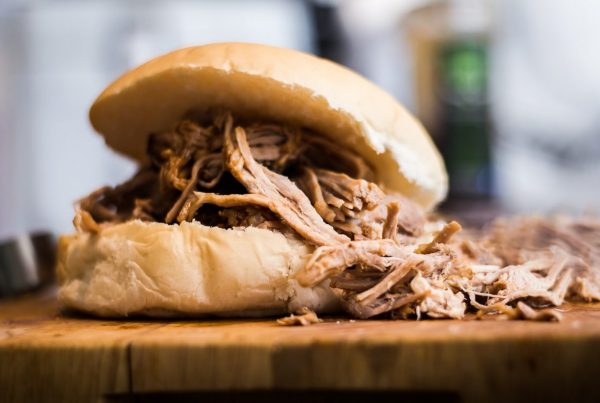
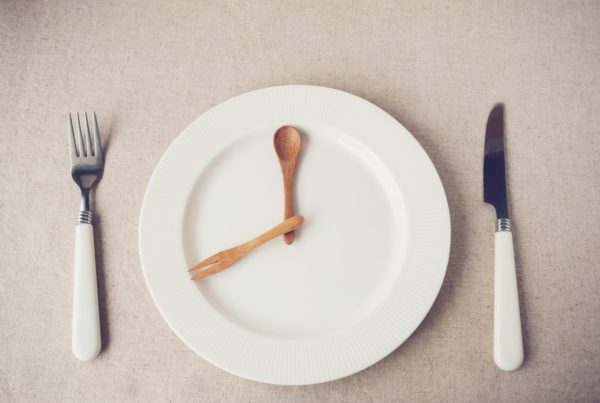
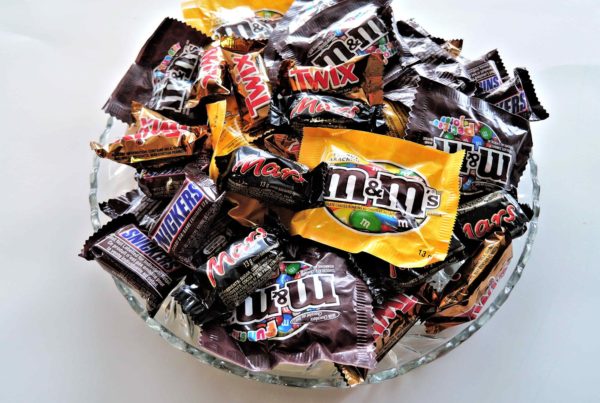
Thank you for this post FitMelle! Very helpful ??????
I love salads! Yet, I find I am afraid to eat them because I can’t really track what I would buy at the vegetable stand. I am kind of a newbie when reading nutrition labels. So if it’s not in a package with the nutrition label on it I try not to buy it.